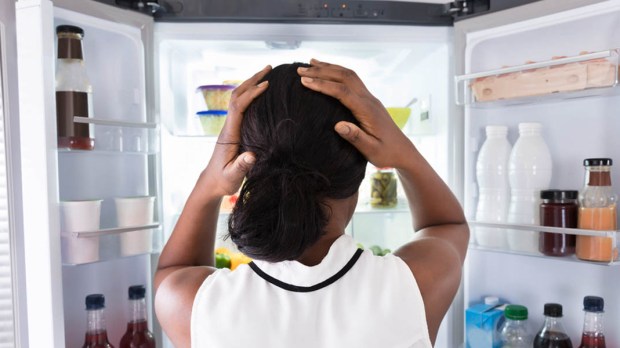Are you tired of people asking you whether you’ve made any New Year’s resolutions yet? The question annoys me to no end, because the answer is always the same. Yep, I’ve made them, and no, if it didn’t take last year, I doubt anything will change this year either. It turns out, that’s because I’ve been ignoring the one important change I need to remember if I want to make or break a habit.
Normally, we rely on our two standbys: motivation — the really, really compelling reason we need to make a change — and willpower, the strategy to just white-knuckle our way through the nicotine withdrawal, early morning exercise, commitment to have the patience of a saint, or whatever we are working on. And then, when our initial motivation fades, and willpower sputters to a halt, we revert back to whatever we were doing before. Old habits die hard.
“The path of least resistance,” writes author Sam Davies, “is difficult to resist.” That’s why it’s so hard to make changes. But we can actually use the path of least resistance to our advantage. It’s a concept called “choice architecture,” based on the idea that nobody makes choices in a vacuum, and we’re much more influenced by our environments than we like to think.
Davies explains: “To become a choice architect, you need to make behaviors you want accessible, and behaviors you don’t want inaccessible (or at the very least, less accessible).” It’s actually as simple as that. A study published in the British Journal of Nutrition showed that just by changing the placement of certain foods, making them more visible and accessible, people began choosing healthier options. The trend was universal, unaffected by socioeconomic status, age, or weight. The healthy food was just easier to see, and easier to reach. These people weren’t even necessarily trying to be healthier — it’s just that the healthy choice was the path of least resistance.
Say you have a New Year’s resolution to beat your late night snacking habit. Start by moving your snack food so that it’s harder to reach and harder to see. Sure, you’ll still be able to get it, but it’ll be that much more difficult. Say you want to read more, and channel surf less. What if you take the batteries out of your remote, and leave that book you want to finish on the coffee table? If you badly want to watch TV, nothing’s stopping you, but you’ve made it less trouble to just pick up the book instead. You’re basically using your own natural laziness to your advantage — now that’s the kind of strategy I can get behind!
Hey, I wish I could count on my willpower to get me through life. But short of a miracle, or a very hard hit on the head, I think I need to rely on a few tricks to help me out. This one’s a good one, and it’s not that difficult. Change your environment, and it’ll be that much easier to change your life.

Read more:
You can actually develop unlimited willpower

